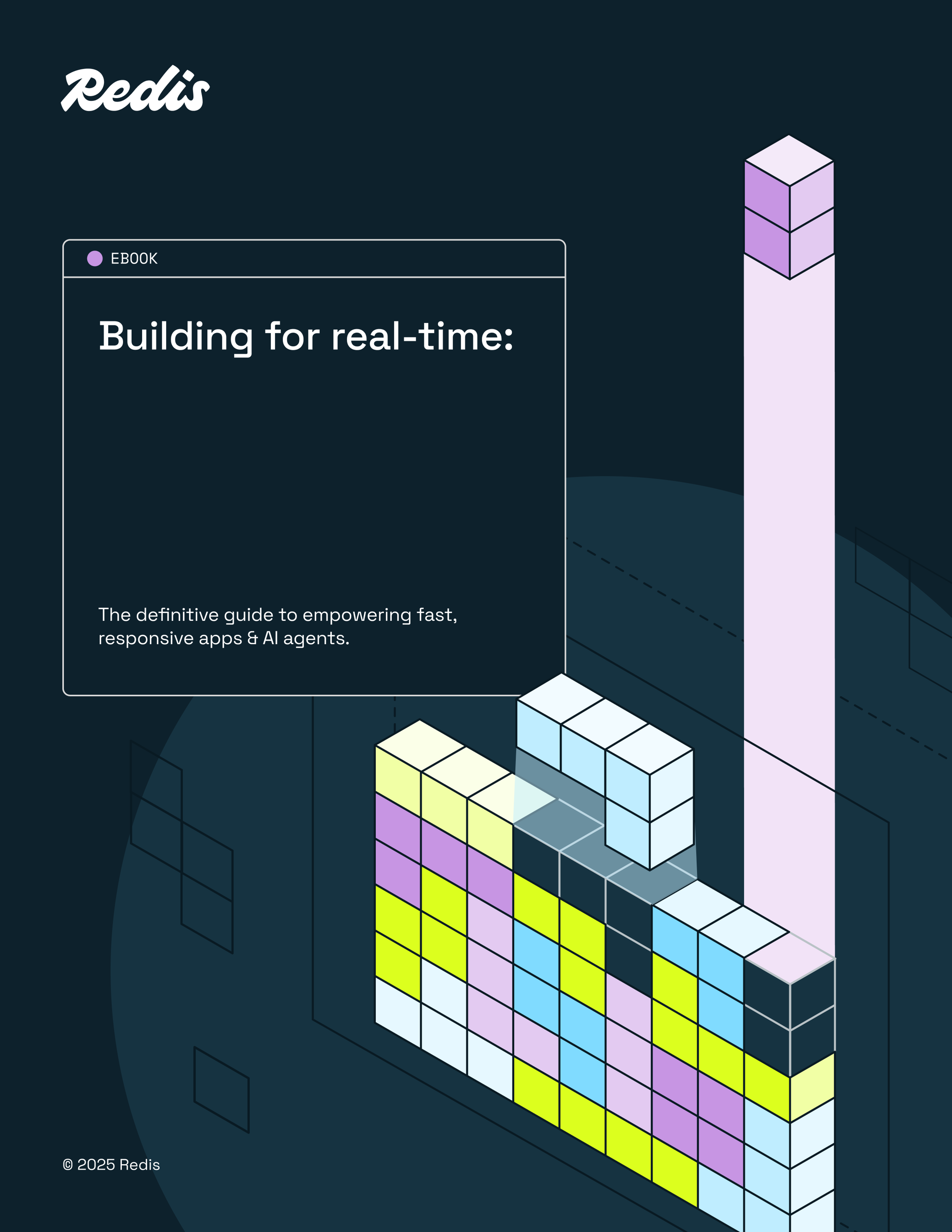Resource center
Explore our library of videos, guides, and more designed to help you build fast apps fast.
The latest from our blog
Read more
Top AI use cases in financial services
December 13, 2025
Tech DE
Upcoming events & webinars
See all eventsRead our guides
See all resourcesVideo collections & series
See all videosGet started
Speak to a Redis expert and learn more about enterprise-grade Redis today.









